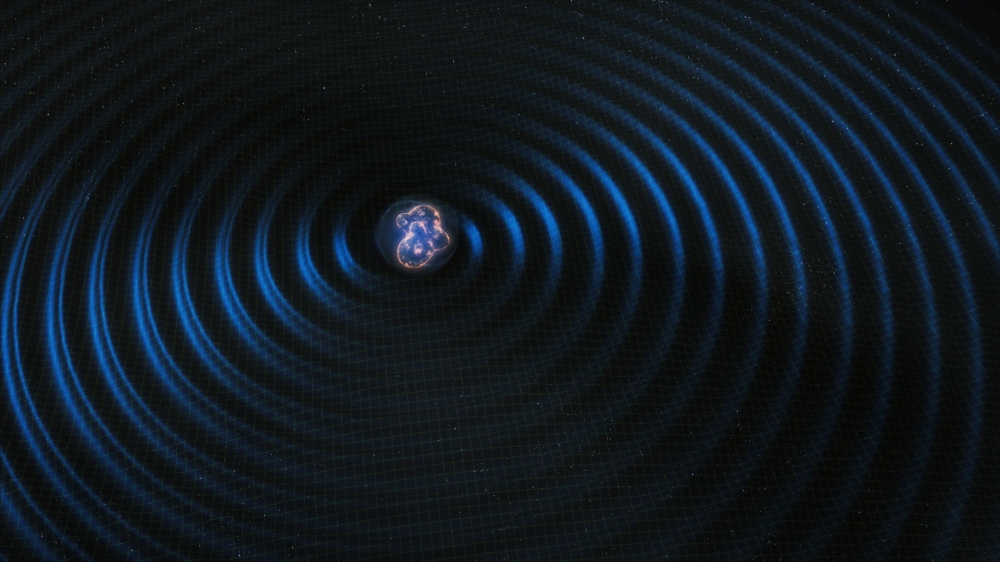Colliding Neutron Stars Could Settle the Biggest Debate in Cosmology

Natalie Wolchoverm -- October 25, 2017
Newly discovered “standard sirens” provide an independent, clean way to measure how fast the universe is expanding.
To many cosmologists, the best thing about neutron-star mergers is that these events scream into space an otherwise close-kept secret of the universe. Scientists combined the gravitational and electromagnetic signals from the recently detected collision of two of these stars to determine, in a cleaner way than with other approaches, how fast the fabric of the universe is expanding — a much-contested number called the Hubble constant.
In the days since the neutron-star collision was announced, Hubble experts have been surprised to find themselves discussing not whether events like it could settle the controversy, but how soon they might do so.
Scientists have hotly debated the cosmic expansion rate ever since 1929, when the American astronomer Edwin Hubble first established that the universe is expanding - and that it therefore had a beginning. How fast it expands reflects what’s in it (since matter, dark energy and radiation push and pull in different ways) and how old it is, making the value of the Hubble constant crucial for understanding the rest of cosmology.
See full text